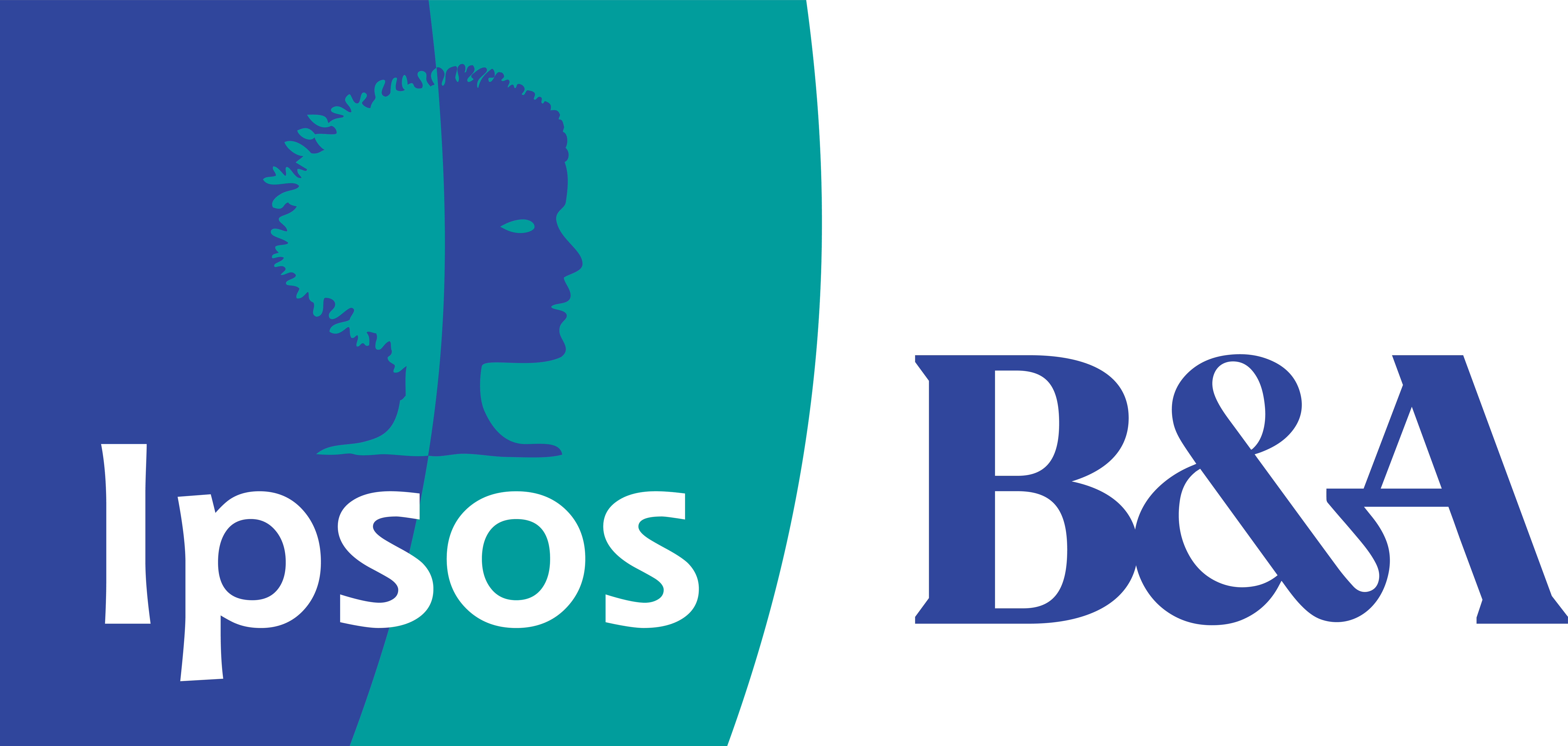This survey is a 33-country study – including Ireland – which looks at people’s expectations and predictions for the year ahead.
The study provides a broad view of Irish people’s expectations for 2025, compared with the global average across 33 countries. It covers a broad range of topics including economy, technology, climate, society and global security. It shows that as a nation we expect Ireland to lead the way in areas such as climate action, banning smartphones in schools and introducing a four day working week. It also highlights the fears with large majorities expecting more extreme weather events, continuing conflicts in the Ukraine and the Middle East, and increasing inflation.
KEY FINDINGS:
- People in Ireland more positive about 2024: While globally 65% of people felt 2024 was a bad year for their country (the lowest since 2019), the percentage in Ireland is lower at 55%. Similarly, fewer people in Ireland (47%) than the globally (51%) felt 2024 was bad for them and their family.
- Optimism for 2025: Ireland aligns with global optimism with 69% expressing optimism, compared with 71% globally.
- Global economic outlook: Both globally and in Ireland, 51% believe the global economy will be stronger in 2025.
- Roughly half expecting stricter tech regulation in 2025: 45% in Ireland expecting stricter government regulation of large tech companies , compared with 47% globally.
- People in Ireland expect incoming government to be tough on climate action: Two-thirds in Ireland expect the government introduce more demanding targets to reduce carbon emissions more quickly. This is well ahead of the global average of 52%.
For more details, please contact Kieran O’Leary: Kieran.Oleary@ipsos.com
DOWNLOAD THE FULL PREDICTIONS REPORT
FOR FURTHER GLOBAL ANALYSIS CLICK HERE
Technical note:
These are the results of a 33-country survey conducted by Ipsos on its Global Advisor online platform and, in India, on its IndiaBus platform, between Friday, October 25 and Friday, November 8, 2024. For this survey, Ipsos interviewed a total of 23,721 adults aged 18 years and older in India, 18-74 in Canada, Republic of Ireland, Malaysia, the Philippines, South Africa, Türkiye, and the United States, 20-74 in Thailand, 21-74 in Indonesia and Singapore, and 16-74 in all other countries. The sample consists of approximately 1,000 individuals each in Australia, Brazil, Canada, mainland China, France, Germany, Great Britain, Italy, Japan, Spain, and the U.S., and 500 individuals each in Argentina, Belgium, Chile, Colombia, Hungary, Indonesia, Ireland, Malaysia, Mexico, the Netherlands, Peru, the Philippines, Poland, Romania, Singapore, South Africa, South Korea, Sweden, Switzerland, Thailand, and Türkiye. The sample in India consists of approximately 2,200 individuals, of whom approximately 1,800 were interviewed face-to-face and 400 were interviewed online. Samples in Argentina, Australia, Belgium, Canada, France, Germany, Great Britain, Hungary, Italy, Japan, the Netherlands, Poland, South Korea, Spain, Sweden, Switzerland, and the U.S. can be considered representative of their general adult populations under the age of 75. Samples in Brazil, Chile, China, Colombia, Indonesia, Ireland, Malaysia, Mexico, Peru, Philippines, Romania, Singapore, South Africa, Thailand, and Türkiye are more urban, more educated, and/or more affluent than the general population. The survey results for these countries should be viewed as reflecting the views of the more “connected” segment of their population. India’s sample represents a large subset of its urban population — social economic classes A, B and C in metros and tier 1-3 town classes across all four zones. The data is weighted so that the composition of each country’s sample best reflects the demographic profile of the adult population according to the most recent census data. “The Global Country Average” reflects the average result for all the countries and markets in which the survey was conducted. It has not been adjusted to the population size of each country or market and is not intended to suggest a total result. When percentages do not sum up to 100 or the ‘difference’ appears to be +/-1 percentage point more/less than the actual result, this may be due to rounding, multiple responses, or the exclusion of “don’t know” or not stated responses. The precision of Ipsos online polls is calculated using a credibility interval with a poll where N=1,000 being accurate to +/- 3.5 percentage points and of where N=500 being accurate to +/- 5.0 percentage points.


